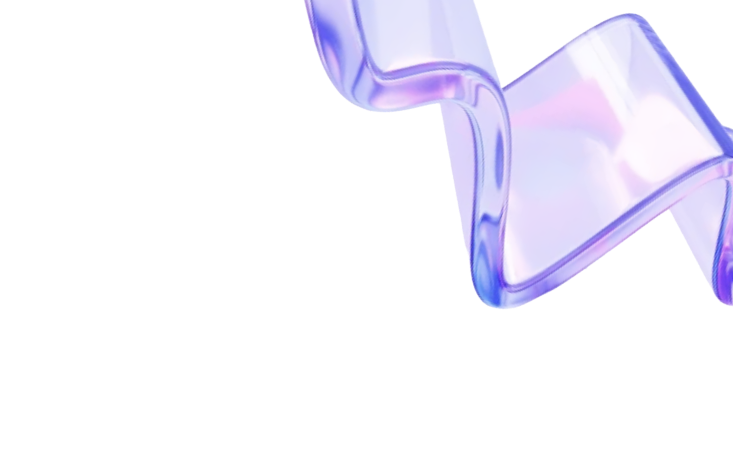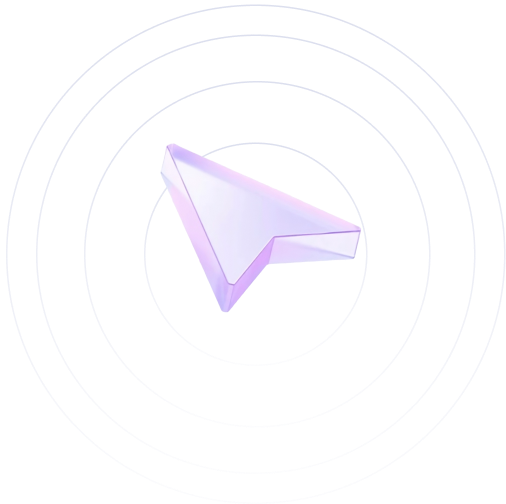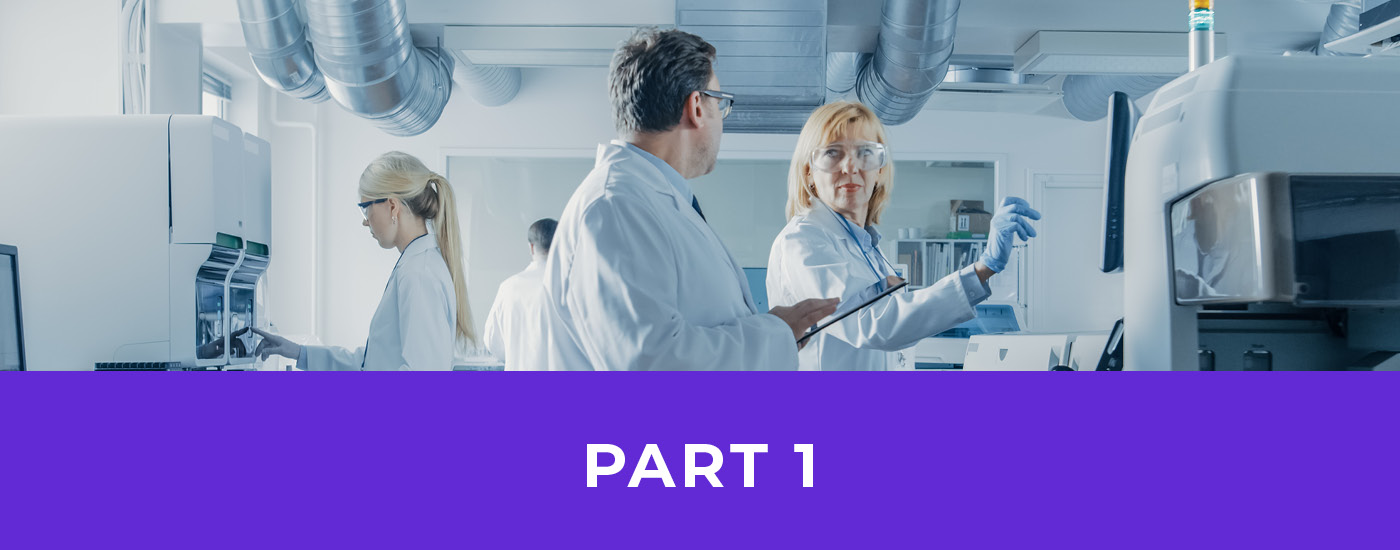- Blog
Laboratory Temperature Monitoring Systems for Lab Efficiency
Temperature control precision directly affects research outcomes and sample quality in laboratory settings. Studies show that slight temperature variations can disrupt sensitive procedures and compromise experimental results. A laboratory temperature monitoring system offers essential environmental control, yet many labs struggle to interpret the data effectively.
Smart visualization tools enable lab managers to spot trends, predict equipment issues, and stay compliant with regulations. When temperature data transforms into clear visual insights, staff can take immediate action to protect valuable research materials.
The right lab temperature monitoring system helps teams prevent costly temperature-related failures while maintaining strict environmental standards. Labs that implement automated monitoring solutions typically see improved consistency in their experimental conditions and better documentation for compliance purposes.
Understanding Laboratory Temperature Monitoring Fundamentals
Accurate temperature monitoring systems serve as essential tools for maintaining quality control in research facilities. These systems protect sample integrity, ensure experimental accuracy, and help facilities meet regulatory requirements across various laboratory settings.
Key Components of Temperature Monitoring Systems
Modern temperature monitoring equipment combines precise sensors with specialized software to create reliable data collection networks. These systems use high-accuracy sensors placed throughout laboratory spaces to record temperature measurements at set intervals. Recent technological improvements have enhanced measurement precision to within 0.1°C, providing research teams with exceptionally reliable temperature data for their work.
Critical Parameters in Lab Temperature Control
Effective laboratory monitoring extends beyond basic temperature measurements to include several environmental factors. Modern systems track relative humidity, air pressure differences, and specific equipment performance metrics. These measurements work together to maintain ideal conditions for both research procedures and sample preservation. Research has consistently shown that even small temperature variations can affect sample stability, making precise monitoring essential for research success.
Different laboratory types require specific temperature control approaches. While pharmaceutical labs often need extremely strict temperature ranges, standard analytical facilities might allow more flexibility. Understanding these unique requirements helps teams select and configure monitoring systems that match their exact needs while meeting industry standards like ISO 17025 and GMP guidelines.
Successful temperature monitoring relies heavily on smart sensor placement and regular calibration. When sensors are positioned correctly, they create accurate temperature maps that identify potential problem areas within the facility. Regular equipment calibration ensures ongoing measurement accuracy and provides reliable data for quality control documentation and regulatory compliance.
Real-Time Data Visualization Platform for
IoTLife SciencesData LakesManufacturing
-
Interactive 3D Models
Add relevant context such as floor plans, technical drawings, and maps
-
Semantic Zoom Capability
Effortlessly navigate and drill-down between different levels of detail
-
Configurable Dashboards
Design visualizations exactly how you’d like to see them
Essential Features for Effective Lab Temperature Management
Temperature management in laboratory settings demands advanced features that extend beyond standard monitoring capabilities. These essential functions support precise measurements, compliance requirements, and effective communication with laboratory infrastructure.
Real-Time Data Collection and Analysis
A laboratory temperature monitoring system records measurements frequently, with intervals ranging from one to five minutes, offering detailed environmental insights. Recent research indicates that most scientific facilities have adopted automated monitoring tools, which significantly reduce human error in data recording processes.
Compliance and Documentation Requirements
A lab temperature monitoring system must meet strict regulatory standards, such as FDA 21 CFR Part 11 and WHO protocols. Many laboratories, particularly those handling clinical and diagnostic samples, must comply with CLIA (Clinical Laboratory Improvement Amendments) regulations to ensure the accuracy and reliability of test results. CLIA mandates stringent temperature control protocols for storage conditions, requiring laboratories to maintain continuous monitoring, detailed records, and corrective action procedures. These requirements specify needs for data security, complete audit tracking, and verified electronic signatures. The systems should create automatic compliance documentation, which helps staff maintain required standards while focusing on core laboratory tasks.
Integration Capabilities with Existing Systems
Connecting laboratory temperature monitoring to a laboratory information management system (LIMS) and other equipment creates substantial operational benefits. Research shows that temperature control systems with integration features respond faster to unexpected changes than independent units. Standard connection methods include Modbus, OPC-UA, and REST APIs, allowing smooth information transfer across laboratory platforms.
Advanced Data Visualization for Temperature Monitoring
Temperature data visualization empowers laboratory personnel to spot trends and make evidence-based decisions quickly. The translation of temperature measurements into clear, useful insights enhances efficiency while minimizing environmental control risks.
Transforming Raw Data into Actionable Insights
State-of-the-art visualization methods convert continuous temperature readings into recognizable visual patterns. Recent research indicates that laboratories implementing visual analytics tools detect temperature irregularities significantly faster than those using basic data analysis. Modern monitoring platforms automatically detect temperature variations, signal abnormal values, and produce detailed reports essential for maintaining optimal environmental conditions.
Customizable Dashboard Solutions
Laboratory managers benefit from adaptable dashboard interfaces that enable personalized temperature data views. Staff members arrange temperature graphs, equipment indicators, and regulatory compliance metrics according to their specific needs. These tailored displays ensure that teams maintain complete oversight while concentrating on essential parameters for their laboratory temperature monitoring systems.
Trend Analysis and Pattern Recognition
Smart visualization software applies statistical methods to uncover temperature patterns that traditional monitoring might miss. The combination of historical records and real-time measurements allows lab temperature monitoring systems to recognize recurring environmental challenges. Statistical analysis of temperature data enables early detection of potential equipment issues, offering laboratories crucial time to prevent disruptions. This approach to laboratory temperature monitoring has proven particularly effective for maintaining research continuity and sample integrity.
Enhancing Lab Operations with Hopara
Laboratory temperature monitoring systems provide essential tools that change how facilities track and analyze their environmental data. These specialized solutions convert temperature readings into simple visual displays, making it easier for staff to maintain required conditions and improve operational efficiency.
Seamless Data Integration and Visualization
The Hopara platform smoothly integrates with current temperature sensors and monitoring devices, gathering measurements from numerous sources at once. This direct connection removes manual input requirements and minimizes errors. Real-time processing of data from multiple monitoring points creates clear visual representations that provide instant understanding of laboratory conditions.
User-Friendly Interface for Quick Decision Making
Staff members access straightforward dashboards to evaluate temperature patterns and detect possible problems quickly. Temperature information appears in simple graphs and charts, allowing teams to notice shifts that could impact samples or experiment conditions. This visual method speeds up responses to temperature changes, safeguarding research materials and maintaining experiment quality.
Customization Options for Different Lab Requirements
Each laboratory faces unique temperature control challenges based on their specific work and compliance standards. The customizable features in Hopara’s visualization tools let teams design displays focused on their most important measurements. For example, labs that need to track ultra-low-temperature freezers or monitor incubator settings can adjust the platform to suit their particular needs. The system offers options to establish custom alerts, create automatic reports, and set up dashboards that match specific work patterns.
Ready to enhance your laboratory’s temperature monitoring capabilities? Contact us to learn how Hopara can help visualize your temperature data effectively.
Making Informed Decisions Through Data Visualization
Laboratory temperature monitoring creates valuable data streams that become truly useful when teams can interpret them through smart visualization tools. Labs implementing advanced systems like Hopara notice significant improvements in their understanding of environmental controls. These visual displays make it easy to identify patterns, catch equipment problems early, and stay within compliance guidelines. Instead of getting overwhelmed with numbers, staff members can quickly grasp what matters through intuitive charts and graphs. Real-time dashboards enable lab managers to respond immediately when conditions start drifting from ideal ranges.
The ability to track temperature consistently helps protect sensitive materials while maintaining research quality standards. Temperature monitoring in lab environments prevents costly disasters through early warning signals that catch problems before they escalate. With customized visualization tools, facilities can turn complex data into clear action steps. Contact us to learn how your lab temperature monitoring can provide deeper insights that improve daily operations and long-term results.
Real-Time Data Visualization Platform for
IoTLife SciencesData LakesManufacturing
-
Interactive 3D Models
Add relevant context such as floor plans, technical drawings, and maps
-
Semantic Zoom Capability
Effortlessly navigate and drill-down between different levels of detail
-
Configurable Dashboards
Design visualizations exactly how you’d like to see them
FAQs
How often should a laboratory temperature monitoring system be calibrated?
Your laboratory temperature monitoring system needs calibration once every 6-12 months, with specific timing depending on your usage and compliance requirements. Monthly checks against reference standards help catch deviations exceeding 0.5°C, indicating when adjustments become necessary.
What backup measures should accompany a laboratory temperature monitoring system?
Each laboratory temperature monitoring system requires multiple safeguards, including backup power sources and additional sensors throughout the facility. Local storage options combined with automatic data backup systems preserve essential temperature records during unexpected network disruptions.
Can a laboratory temperature monitoring system detect equipment failures before they occur?
Smart laboratory temperature monitoring systems catch subtle equipment behavior changes through detailed data analysis. Temperature patterns often show warning signs 24-48 hours before serious malfunctions, allowing staff members to address issues before they become critical problems.
What temperature range accuracy is expected from a modern laboratory temperature monitoring system?
Quality laboratory temperature monitoring system equipment delivers precision ratings of ±0.1°C under normal lab conditions while maintaining ±0.3°C accuracy for ultra-low temperature applications. These exact measurements remain stable across extended timeframes, supporting precise research requirements.
How does wireless interference affect laboratory temperature monitoring system performance?
Current laboratory temperature monitoring systems incorporate specialized frequency-hopping features and secure data transmission methods to reduce interference issues. The equipment uses various communication channels and network structures to maintain a steady information flow even when radio frequency activity increases.
Want to learn more how Hopara can help you?





